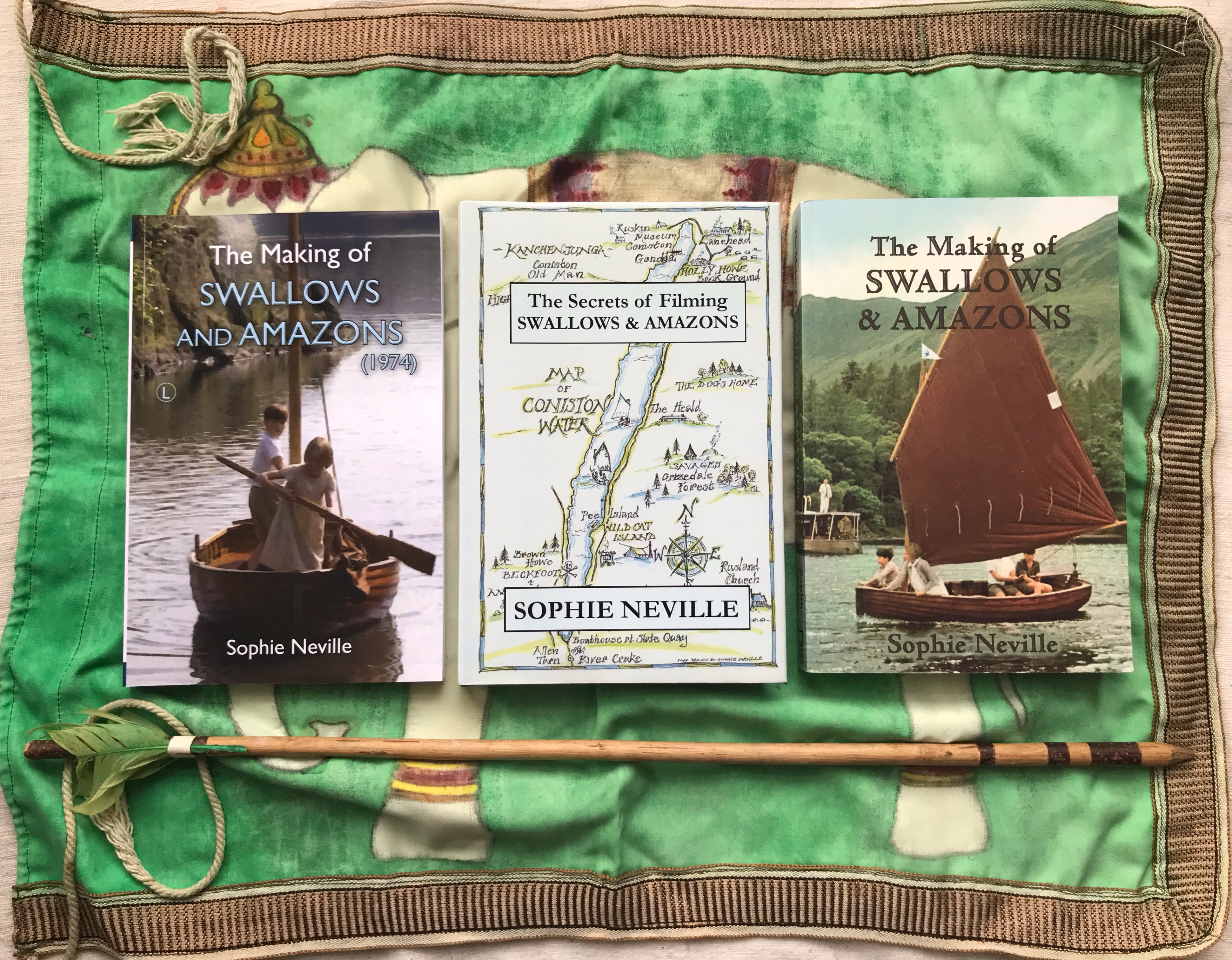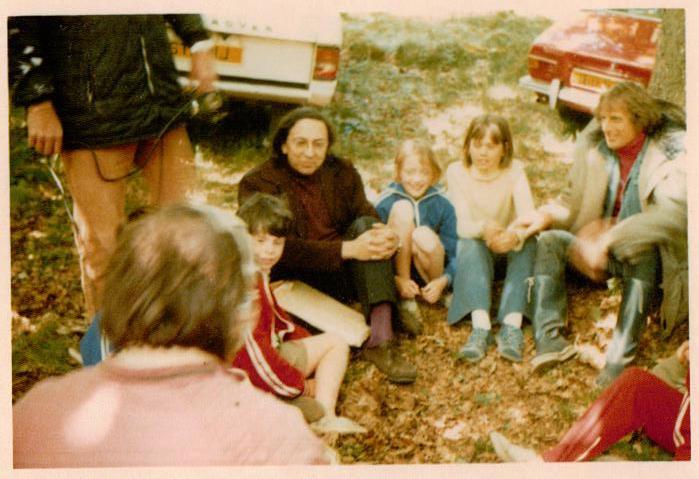Christmas Day 2021 marked the 50th Anniversary of the first BBC adaptation of Laurie Lee’s evocative book ‘Cider With Rosie‘, a story that tells of growing up in rural Gloucestershire before the combustion engine destroyed rural life as it had been led for centuries.
First published in 1969, the memoir sold six million copies. The 1971 BBC play was screened in the UK, France, West Germany and Japan, becoming regarded as an avant garde, ground-breaking drama that received four BAFTA nominations – Best Script: Hugh Whitemore Best Actress: Rosemary Leach, who played Mrs Lee Best Design: Eileen Diss Best Drama Production: Claude Whatham
And I was in it, as a girl, playing the part of an urchin who could play the piano called Miss Eileen Brown. We were able to use the original village school in Slad as the location for both the classrooms and parochial Christmas concert. I can almost smell the chalk and dusty books mixed with hairspray used by the crew to limit unwanted reflections or dirty-up anything that looked smart and new.
As we ran out into the school yard, which was tiny, the director, Claude Whatham asked if any of us knew any skipping chants. No one said anything. I had been to a village school nearby and knew loads but was too shy to chant them. What a regret.
It was June 1971. We had glorious weather. Prolific wildflowers made the drama special. I remember a bunch of buttercups standing in a classroom window. My scenes were set in 1925, when Laurie Lee was aged about eleven. I was used to having my hair tied in bunches but not up in hair ribbons. It felt strange. I wasn’t very happy about my dress, which was itchy and didn’t fit well. The costume designer assured me that Eileen would have only possessed one dress in real life. I was well aware that it would have been a hand-me-down, as were the boots.
The classroom scenes demanded little of me, I simply sat next to ‘Laurie Lee’ and reacted to the violence exhibited by the teacher. My challenge was that I had to play the accompaniment to ‘Oh Danny Boy’ on the piano. Laurie Lee had to play the violin but the boy playing him was given a double. I had to practice six hours a day, for three days, to get it right. In the end the director said, “Do you think you could play a little faster?”
“These are crotchets,” I said. “They don’t go any faster.”
The result is agonizing but authentic and brought tears to Rosemary Leach’s eyes. The author, Laurie Lee, who still had a cottage in Slad at the time, told my mother that Eileen Brown was the first girl he fell in love with, which was daunting but all this entailed was having to smile.
My mother appeared in dream sequence, aged 34, looking beautiful in a neatly starched uniform, playing a housemaid when Mrs Lee remembered working with lovely things in a great house. Laurie Lee appeared as himself wearing tweeds – right at the end.
Two years later, in 1973, Claude cast Sten Grendon, who played Little Laurie Lee, as Roger Walker in the Theatre Projects/EMI movie ‘Swallows & Amazons’. He chose me to play his elder sister, Titty.
The actors John Franklyn-Robbins and Mike Pratt also appeared in both dramas. I didn’t remember this until I looked up the credits on IMDb years later. In 1983, I worked with Rosemary Leach in Norfolk on the BBC adaptation of ‘Coot Club’, when she played Mrs Barrable. I met up with the designer Michael Howells who had a small part as one of Laurie Lee’s elder half-brothers. Both have sadly died. All these amazing actors have sadly passed away, but were captured on film at their most vital.
The film score of Swallows and Amazons (1974) was composed by Wilfred Josephs who also wrote the haunting theme music for Cider with Rosie (1971). You can listen to it here:
The closing title music can be found here:
You can read an earlier article I wrote about appearing in Cider With Rosie (1971) on my other blog here and read more about Claude Whatham’s career here.
This item presented by Paul Martin includes a clip of a black and white BBC documentary made with Lauri Lee in 1960 outside the school where we shot the drama. According to his biographer, he said of Rosie, ‘She was someone, she was no one, she was anyone.’
























































